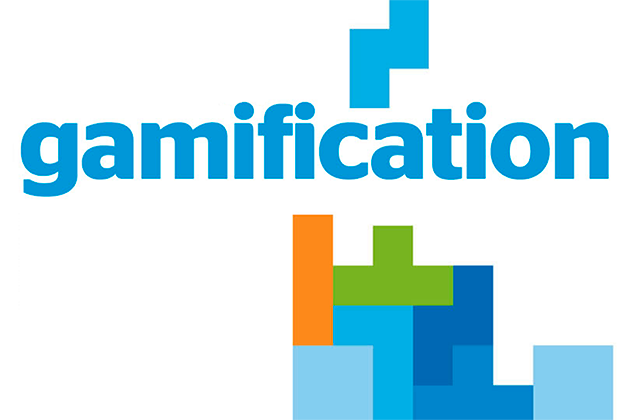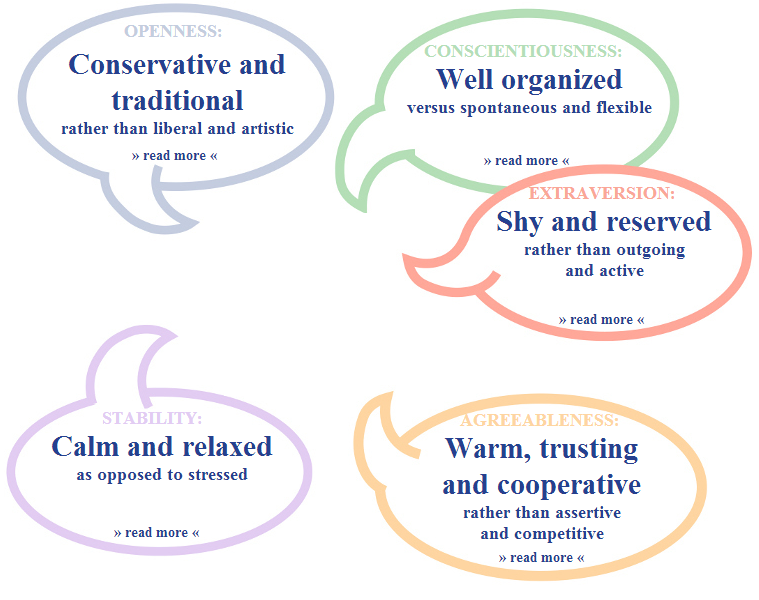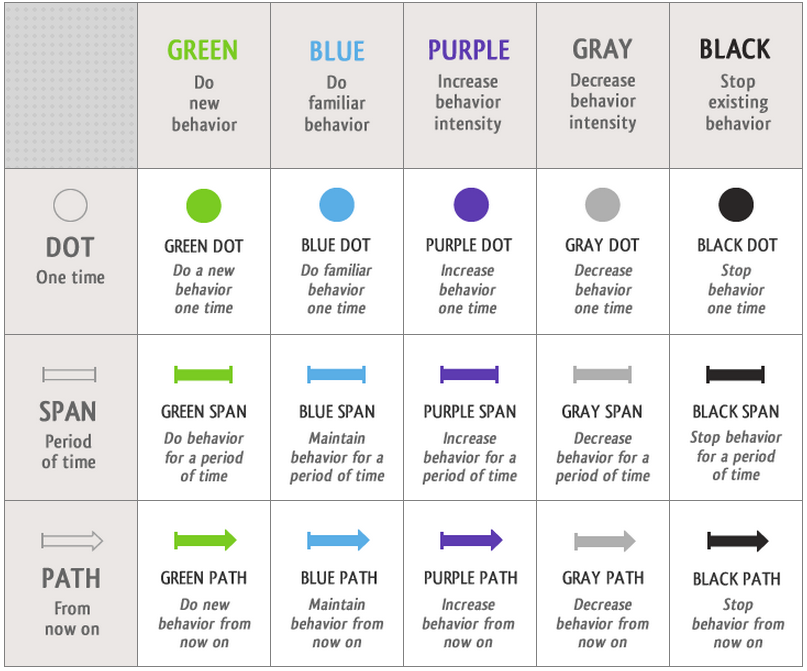Proper understanding of gamification

It so happened that I read this post relatively recently, but I started working with gamification earlier. The only thing that can be said about the read: "there is nothing to exile on the mirror."
At the moment, there are a large number of articles on the Web, the authors of which with a smart look argue about everything that concerns gamification to some extent. They talk about points, achievements, levels, titles, ratings, types of players, but they don’t say anything about the main points.
People. The main goal of gamification is cynical and simple. Its main purpose is to change the behavior of a person depending on your goal. Increased consumption, increased sales activity or active sharing in social media. Keywords are the “ change in behavior ” of a person. Manipulation.
')
It is quite obvious that in order to control any object, it is necessary to receive feedback from it and analyze how much the influence exerted on the object coincides with the result. Therefore, being an IT specialist, I will talk about quite specific applied things that are associated with the concepts of Big Data (Big Data) and Behavior Analysis.
The process of gamification in information technologies is usually implemented through a certain platform (SaaS service, mobile application, desktop solution), which provides all sorts of companies and organizations with the opportunity to implement some game mechanics in their business process. During this very gameplay, the company accumulates a large amount of data that reflects exactly how users react to this or that achievement, which groups of people quickly reach the goal, who and when are better motivated for the competitive moment and most importantly - how does all this relate to the key the goal of the organization that it sets before the launch of gamification.
Of course you ask, and where is the Big Data here? And let's imagine that users are given a strong motivation to connect their social networks - Facebook, VKontakte, Twitter, Pinterest, Foursqaure, Instagram, etc. We immediately get a huge amount of data that can be used. Cluster analysis, A / B testing, predictive modeling, microsegmentation, etc. The main task is to link the data obtained from external sources with the incentives that affect a person in the gamification process.
A practical example of this approach can be found on this information resource. The project was created by scientists from the University of Cambridge and experts from Microsoft Research.

All that needs to be done is to give access to your page on Facebook, after which the algorithm will analyze your behavior and give some assumptions regarding your angelic / vile nature and corresponding preferences.
The first task of gamification is an understanding of who the participants are, to which category they are better attributed, what unites them and distinguishes them. If you combine the analysis of their behavior in the game process, with the analysis of behavior in the "external" world, then using standard algorithms over Big Data, you can begin to identify patterns that are associated with the main goal of the organization.
Suppose data are obtained, patterns are revealed. What's next? Next comes the carrot. Motivation. Suppose we want to motivate a person to a specific action. Single or interval. Or it may be the motivation to stop any action. Never mind. More information can be found, for example, on the project website , which is launched by scientists from Stanford University.

For the correct motivation of the necessary behavior you need to create the necessary conditions: motivation, opportunity, trigger (trigger). In more detail, you can read here .
Now let's see what we have:
- General patterns and "characteristics" of the participants;
- The current behavior of a person (based on continuous monitoring of his specific actions, both inside the game process and outside);
- Algorithm that gives us the opportunity to adjust human behavior;
And only in this place there are badges, points, ratings and other tinsel. These are just building elements through which the user is involved in the gameplay, based on the characteristics of his “character” and is slowly approaching the goal that the company faces.
Game design is an extremely important element in gamification, but its supporting goal is to serve as an external entourage, candy wrapper and wrapper, which hides a whole area of knowledge.
PS I am writing on behalf of the CEO of the Balalaika project, Alexander Golovin (agolovin@balalikea.ru). I would be grateful for an invite, a good person.
Source: https://habr.com/ru/post/187828/
All Articles